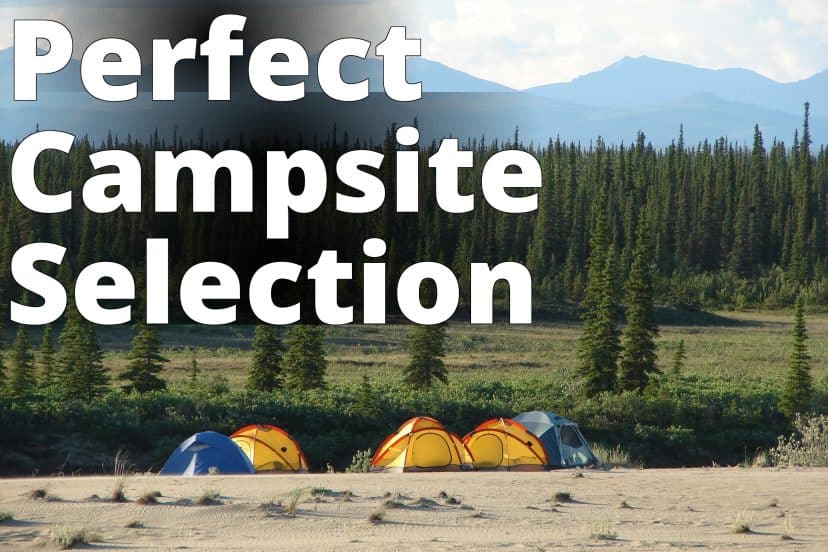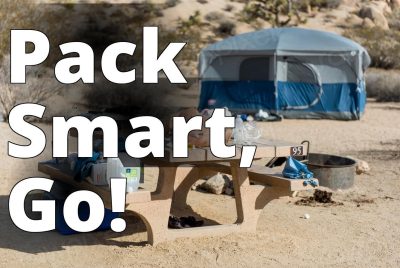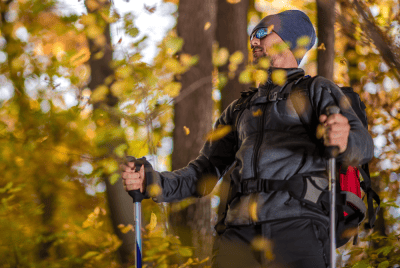How to Choose the Best Campsite: A Comprehensive Guide
Choosing the right campsite can make or break your camping experience.
It’s not just about finding a patch of ground to pitch your tent; it’s about creating a temporary home in the wilderness, a place where memories are made, and adventures begin.
From the whispers of the wind through the trees to the solidity of the ground beneath your sleeping bag, every detail counts.
This guide is not just a list of considerations; it’s a compilation of stories, expertise, and the nuanced art of selecting the perfect campsite.
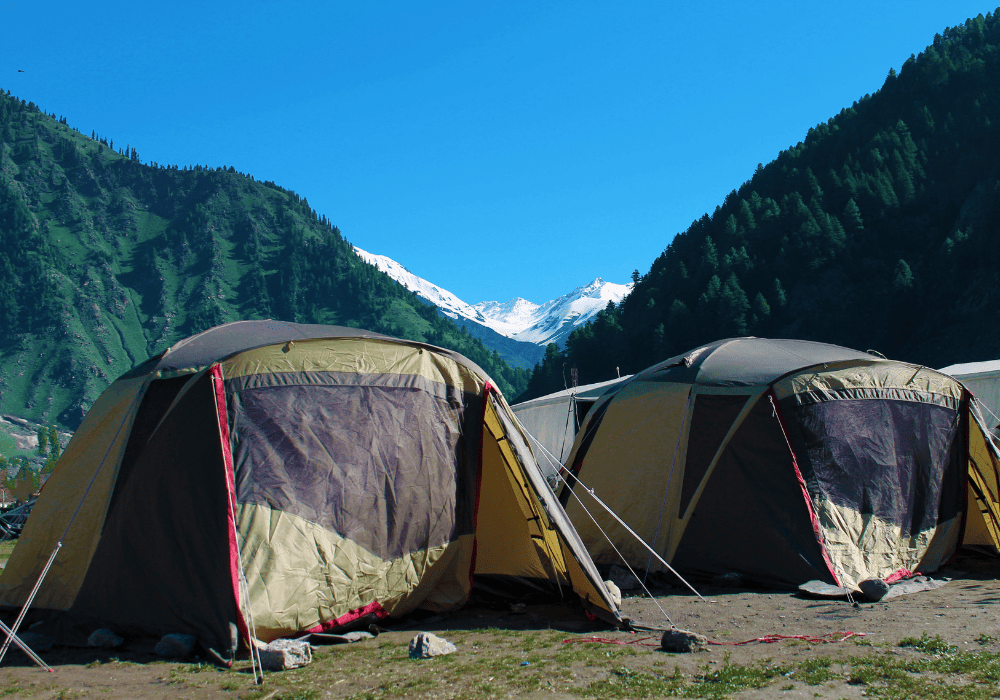
Learn how to choose the right campsite
- Research the campground before choosing.
- Consider location, level ground, shade, wind direction, water source, privacy, amenities, and cost.
- Check for necessary facilities like fire rings, picnic tables, and bear boxes.
1. Research the Campground
Before you can even dream of the perfect campsite, you need to dive deep into the campground itself. I remember my first camping trip, armed with nothing but a vague recommendation and boundless enthusiasm.
That enthusiasm quickly dampened upon arriving at a crowded, noisy campground that was more akin to a festival than the serene nature escape I had envisioned. This taught me the invaluable lesson of research.
Begin your quest by scouring reviews on platforms like TripAdvisor or dedicated camping forums. Look beyond the star ratings and read the stories.

People often share the hidden gems and the sites to avoid. Additionally, Google Earth can be a game-changer, offering a birds eye view of the layout, terrain, and even the density of campsites.
Dont forget to check the campgrounds own website for maps and possibly, photos of individual sites.
Insider Tip: Call the campground directly. Speaking to a ranger or staff member can provide insights no website or review can match.
They know the sites intimately and can often recommend the best spot based on your specific needs.
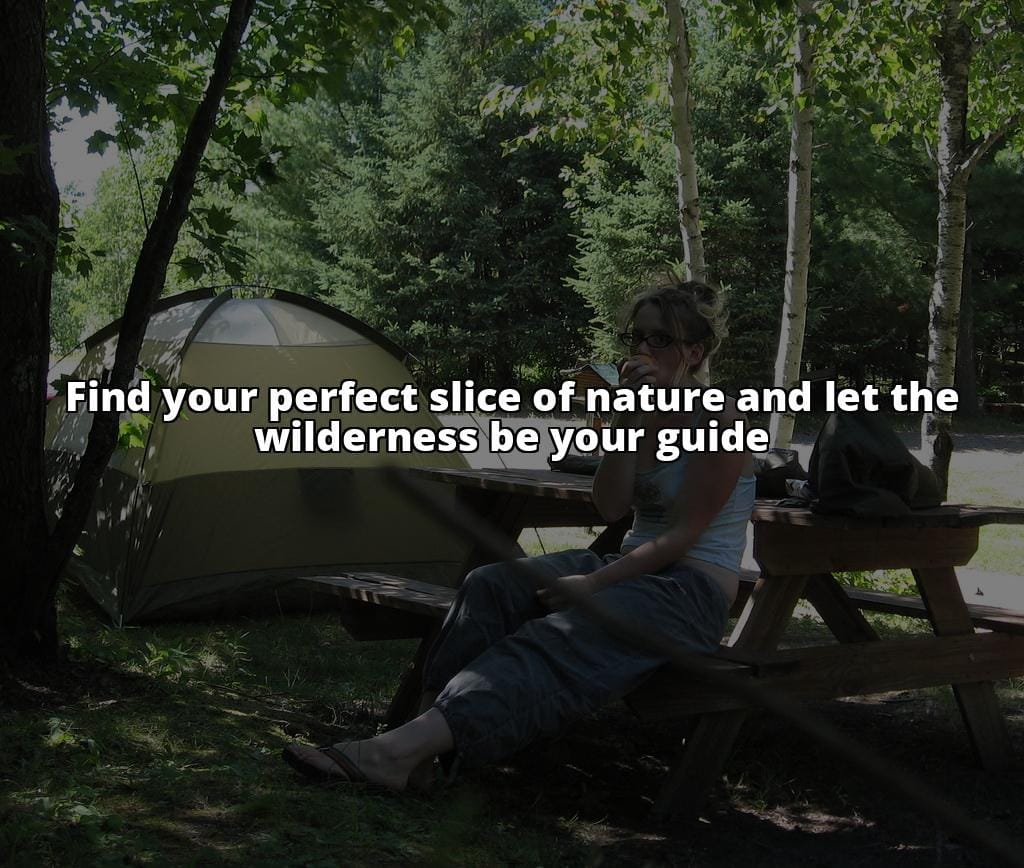
2. Consider the Campsites Location
The location of your campsite within the campground can significantly impact your experience.
Do you want to be near the restroom facilities for convenience, or would you prefer a more secluded spot, even if it means a longer trek in the middle of the night?
Proximity to water bodies can offer beautiful views and easy access for swimming or fishing but beware of increased mosquito activity.
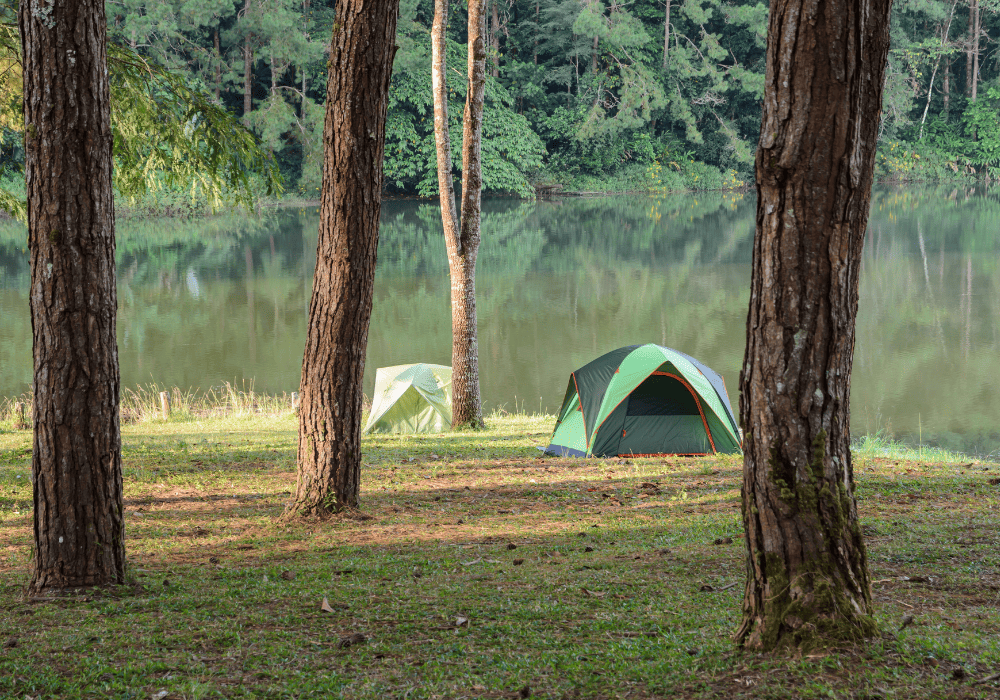
During a camping trip to Acadia National Park, I learned the hard way that being too close to the main path meant constant foot traffic and noise.
Since then, I’ve always opted for sites that strike a balance between accessibility and privacy.
Terrain is another factor; a site on higher ground can offer better views and less moisture.
3. Look for a Level Campsite
A level campsite is crucial for a good nights sleep. Sloped grounds can lead to uncomfortable sleeping positions and even cause you to slide out of your tent.
On a trip to Cooks Forest Campgrounds, I made the mistake of choosing aesthetics over practicality, resulting in a night spent grappling with gravity.
When inspecting potential sites, look for a naturally flat area or one that has been leveled by the campground. Avoid areas where water might pool during rain.
A ground cover or a built-up platform can also make a site more comfortable and protect your tent from wear.

4. Check the Condition of the Campsite
The best campsites are well-maintained but still feel like part of the natural landscape. Inspect the site for trash, excessive wear on vegetation, and signs of erosion.
A well-maintained site not only contributes to a more pleasant experience but also indicates a respectful camping community and diligent campground management.
On a visit to a particularly remote site, I was saddened to find litter scattered around.
Since then, I’ve made it a point to leave sites cleaner than I found them, a practice I encourage every camper to adopt.
Consider the site’s foundation too; a mix of soil, grass, and leaf litter is ideal, providing a soft yet stable surface.
5. Look for Shade
Shade is your best friend during sunny camping trips. It provides relief from the heat and protects your tent and gear from UV damage.
However, too much shade, especially in damp areas, can lead to a cold, damp experience. The key is balance.
Personal experience has taught me to observe the suns path.
Choose a site with morning sun if youre an early riser, or one with evening shade if you prefer to lounge around your campsite in the afternoon.
Trees can offer wonderful natural shade, but be wary of dead branches that could fall.

6. Check the Wind Direction
Wind direction can influence many aspects of your camping experience, from how well your fire burns to how much privacy you have (think smoke and conversations carrying across sites).
A site sheltered by natural landforms or vegetation can offer protection from prevailing winds.
I recall a particularly windy night by the beach, where our fire struggled to stay lit, and sand found its way into every meal.
Since then, Ive learned to appreciate the value of natural windbreaks and the orientation of my tents entrance.
Real-Life Campsite Selection Experience
Sam’s Story
During a recent camping trip to Sequoia National Park, my friend Sam and I learned the importance of considering a campsite’s location.
We arrived at the campground excited for our adventure, only to realize that our reserved campsite was right next to a busy trailhead.
The constant stream of hikers passing by made it feel crowded and exposed, lacking the privacy we were hoping for.
After a restless night, we decided to explore the campground for a better spot. We found a secluded site tucked away in the trees near a babbling stream.
It was level, had a fire ring, and even a picnic table. The peaceful setting and natural surroundings made all the difference in our camping experience.
This experience taught us that taking the time to consider the campsite’s location can greatly impact the enjoyment of your camping trip.
7. Look for a Water Source
Proximity to a water source can be a double-edged sword. On one hand, easy access to water is convenient for cooking, cleaning, and staying hydrated.
On the other, it can attract wildlife, insects, and increase the humidity around your campsite. Always treat water before consuming it, regardless of how clean it appears.
During a trip that promised creekside campsites, I learned the importance of being upstream from your campground neighbors.
Not only does it offer fresher water, but it also reduces the risk of contamination from other campers.
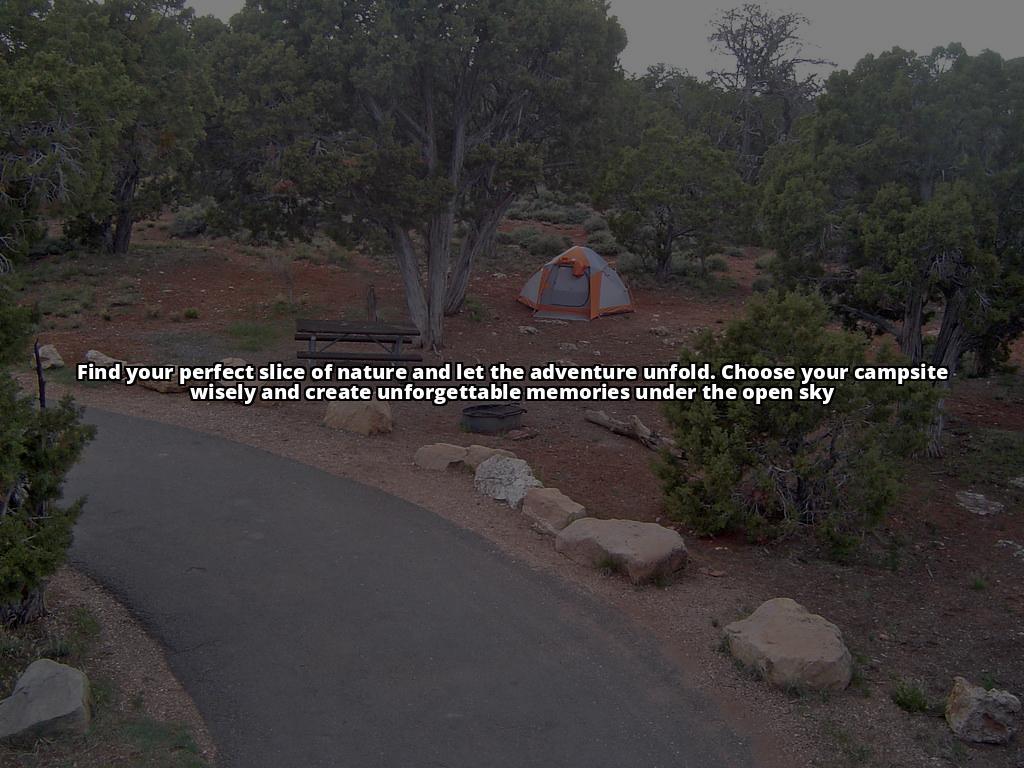
8. Consider the Privacy of the Campsite
Privacy is a luxury in many campgrounds, especially during peak seasons. However, strategic selection can offer a semblance of solitude.
Look for sites at the end of loops, those bordered by natural features, or set back from main paths.
One of my most memorable camping experiences was in a secluded site surrounded by thick foliage.
It felt like our own private slice of wilderness, despite being a short walk from the campgrounds amenities.
9. Check for a Fire Ring or Grill
A fire ring or grill is not just a cooking amenity; it’s a centerpiece for evening gatherings, a source of warmth, and a beacon of comfort.
Most managed campgrounds provide them at each site, but always verify their condition and the campgrounds fire policies.
I’ve encountered sites where the fire ring was more of a shallow depression than a safety feature.
Remember, the ability to have a fire safely is a privilege that comes with responsibilitiesalways follow local fire regulations.

10. Look for a Picnic Table
While not essential, a picnic table is a highly valued campsite amenity. It provides a stable surface for cooking, eating, and gathering.
Sites without tables require you to bring your own solutions, which can be cumbersome.
On a trip without a picnic table, I learned to appreciate the convenience they offer. Its not just about a place to eat; its an organizational hub for your campsite.
11. Check for a Bear Box or Food Storage Locker
In areas with wildlife, particularly bears, a bear box or food storage locker is a critical feature.
It protects your food from animals and, more importantly, keeps animals safe from human food, which can be harmful to them and alter their natural behaviors.
The first time I camped in bear country, the importance of secure food storage became immediately apparent when a neighboring camper had their cooler raided overnight.
A bear box is more than a convenience; its a safety feature for you and the wildlife.
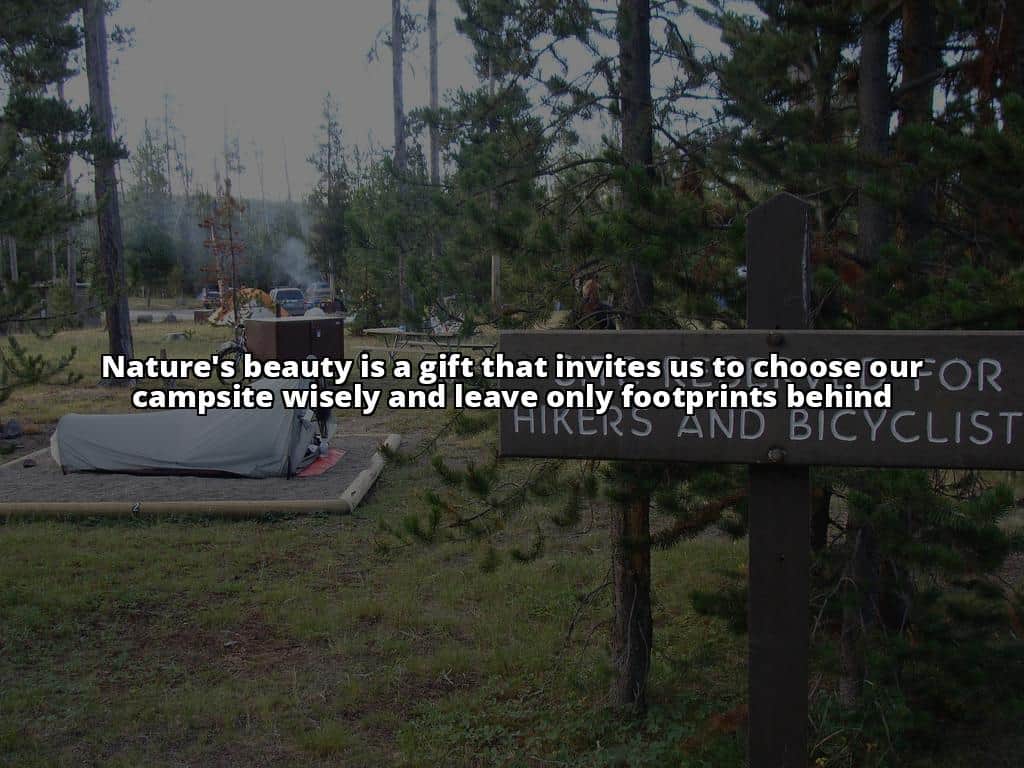
12. Consider the Cost of the Campsite
Finally, the cost of the campsite can influence your decision. Camping is often seen as a budget-friendly activity, but fees can vary widely based on location, amenities, and time of year.
Determine your budget in advance and consider what amenities and features are worth the extra cost to you.
I’ve stayed at both ends of the spectrum, from free dispersed camping sites to premium sites in popular national parks.
Each has its merits, but understanding the value of what youre paying for can help justify the expense.
Camping is as much about the journey as it is the destination. Choosing the right campsite is a crucial step in that journey, one that sets the tone for your entire experience.
Whether you’re a seasoned camper or setting out on your first adventure, taking the time to consider these factors can lead to more enjoyable, safer, and memorable camping experiences.
Remember, the perfect campsite is not just about the view or the amenities; it’s about how it fits with your vision of the ideal camping trip.
For more tips on making your camping trip unforgettable, check out our guides on family camping checklist, best camping setups, camping ideas for adults, and much more. Happy camping!
Frequently Asked Questions
Who should consider the location when choosing a campsite?
Campers should consider the location based on proximity to activities and amenities.
What amenities should I look for in a campsite?
Look for amenities like water sources, restroom facilities, and fire pits.
How can I ensure a campsite is safe for my family?
Ensure safety by checking for clear paths, level ground, and nearby help.
What factors should I consider when choosing a campsite?
Consider factors like terrain, weather conditions, and proximity to water.
How do I choose between a developed or primitive campsite?
Choose based on your comfort level with amenities and desire for solitude.
What if the campsite I chose is not available when I arrive?
Have a backup plan with alternative sites in mind to avoid disappointment.

